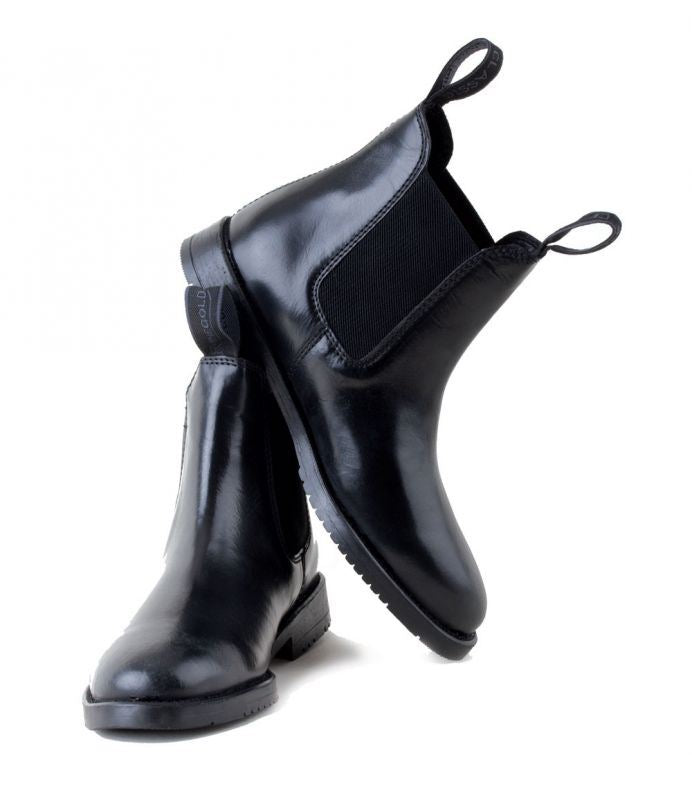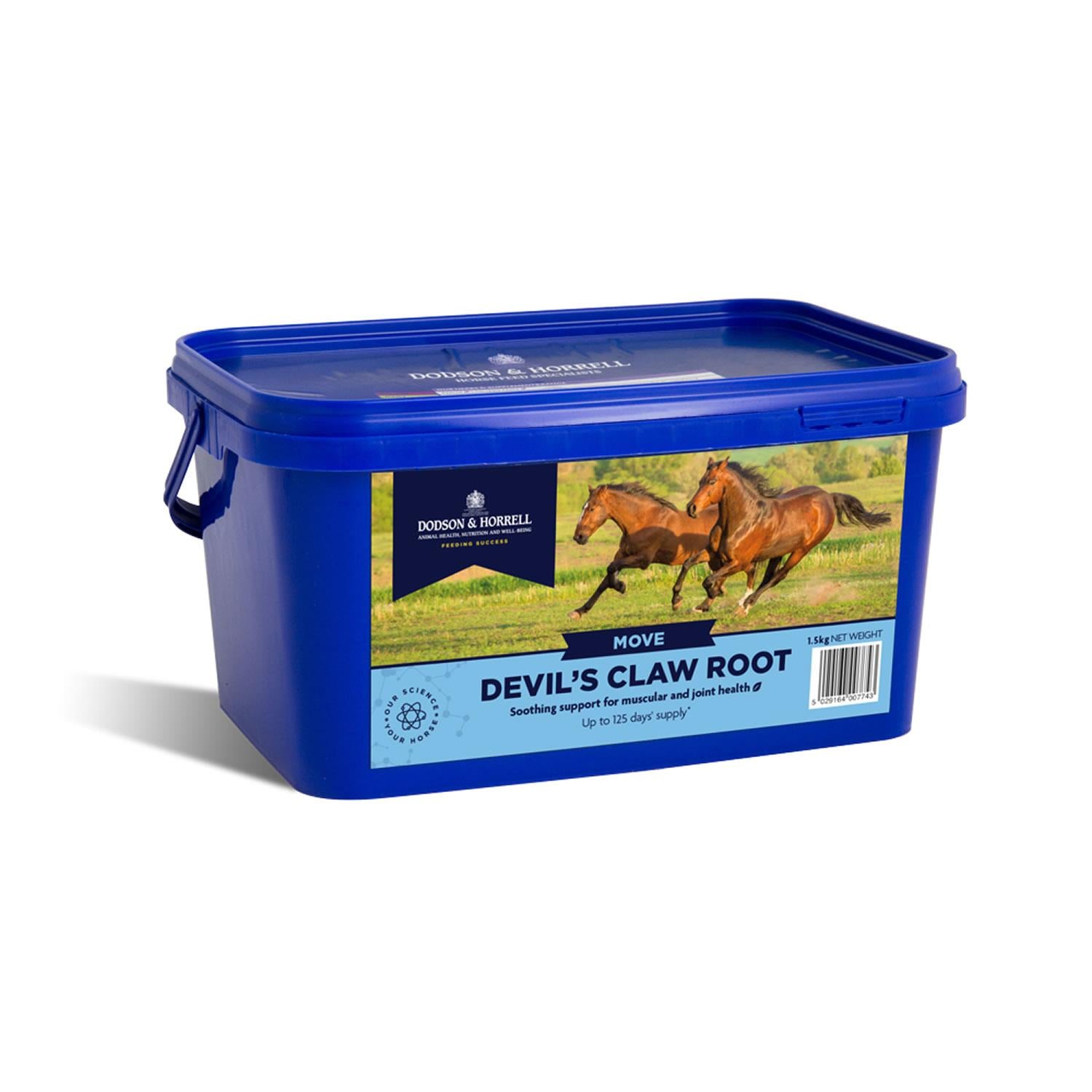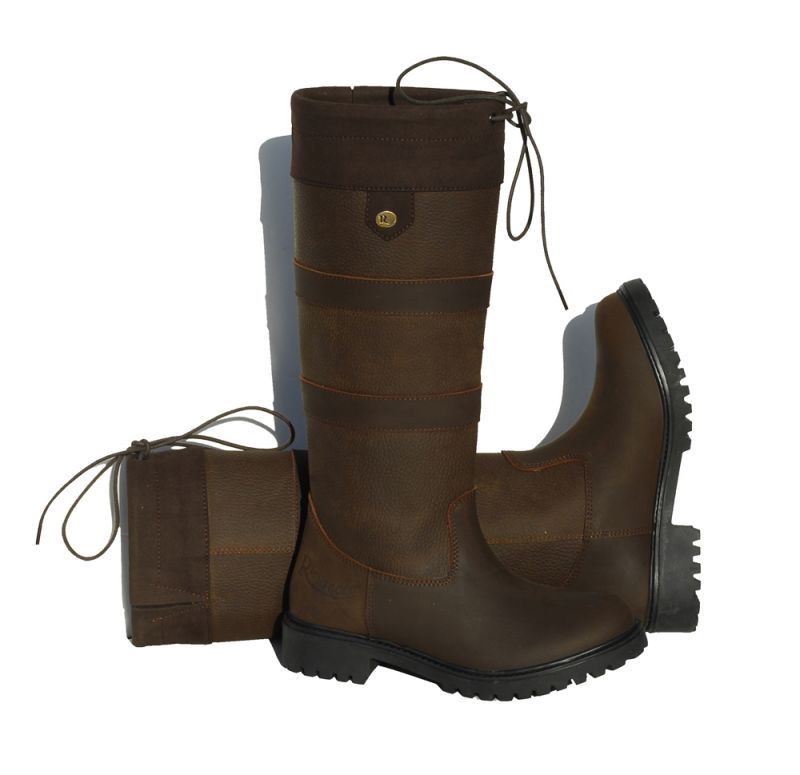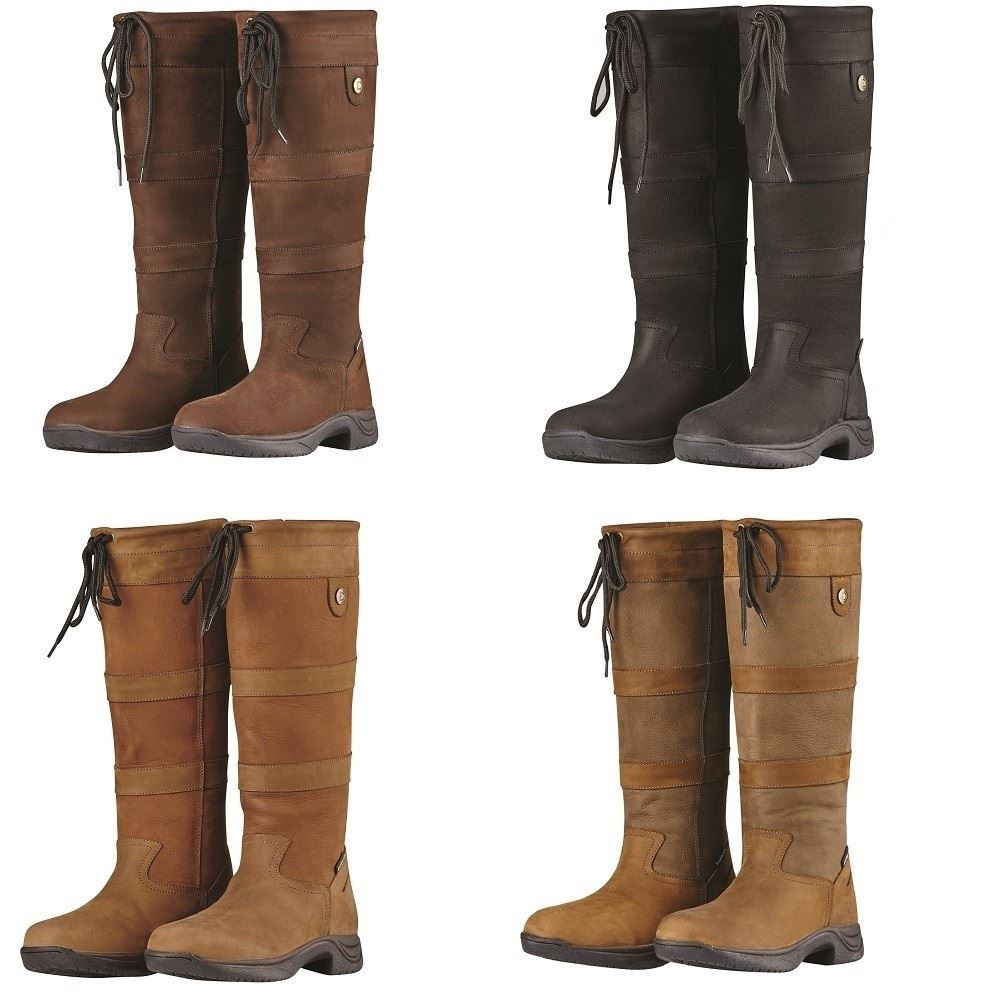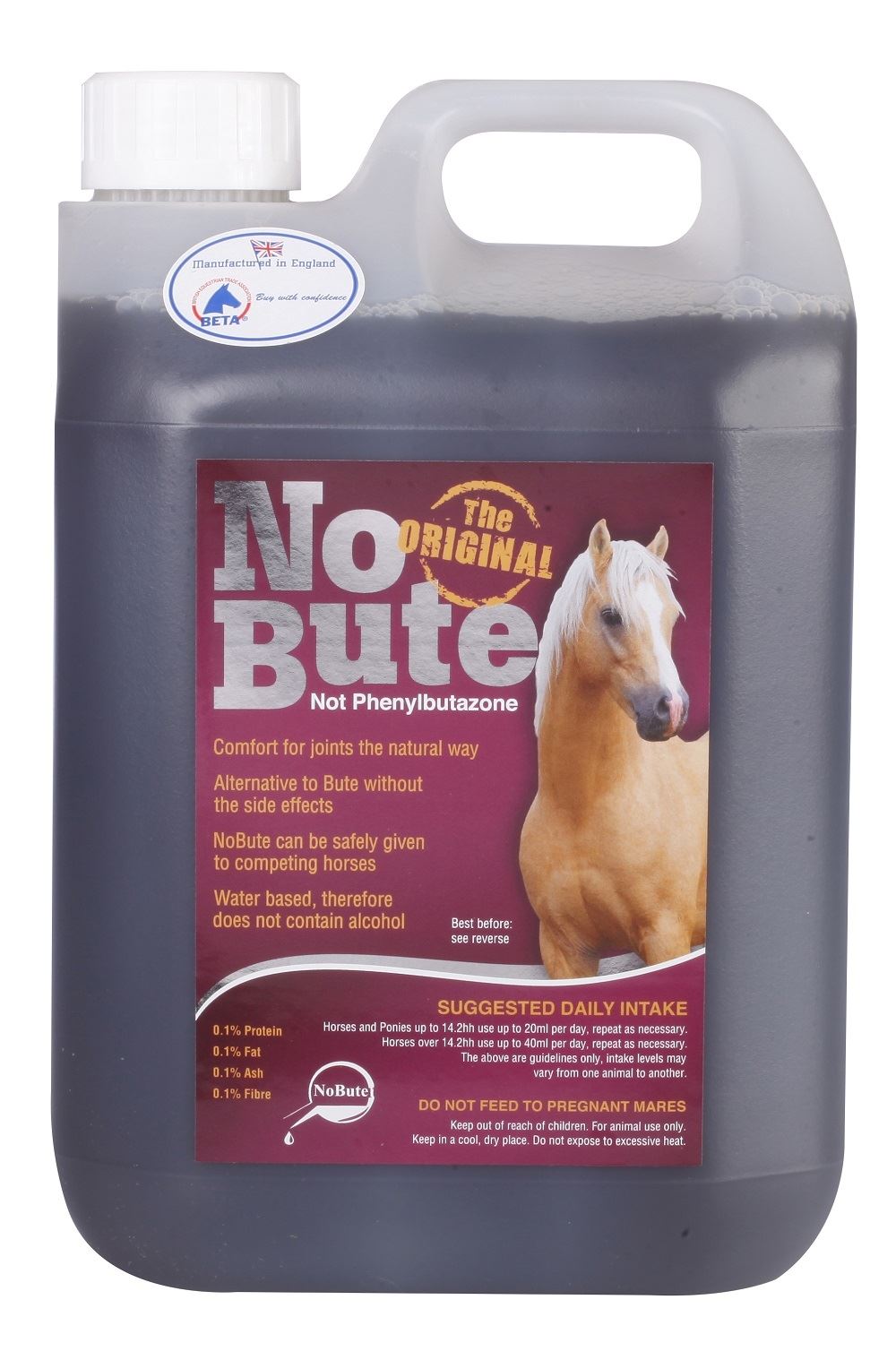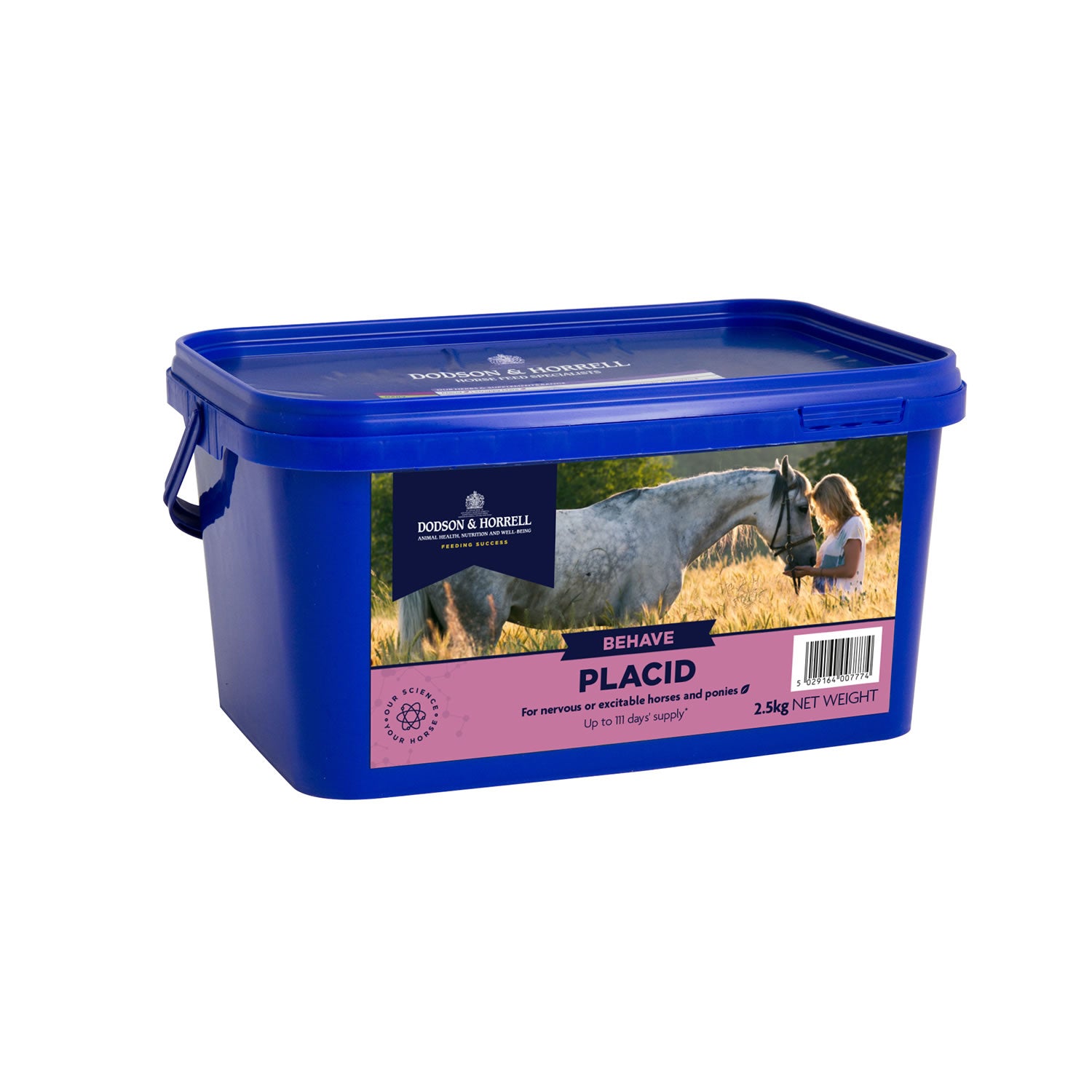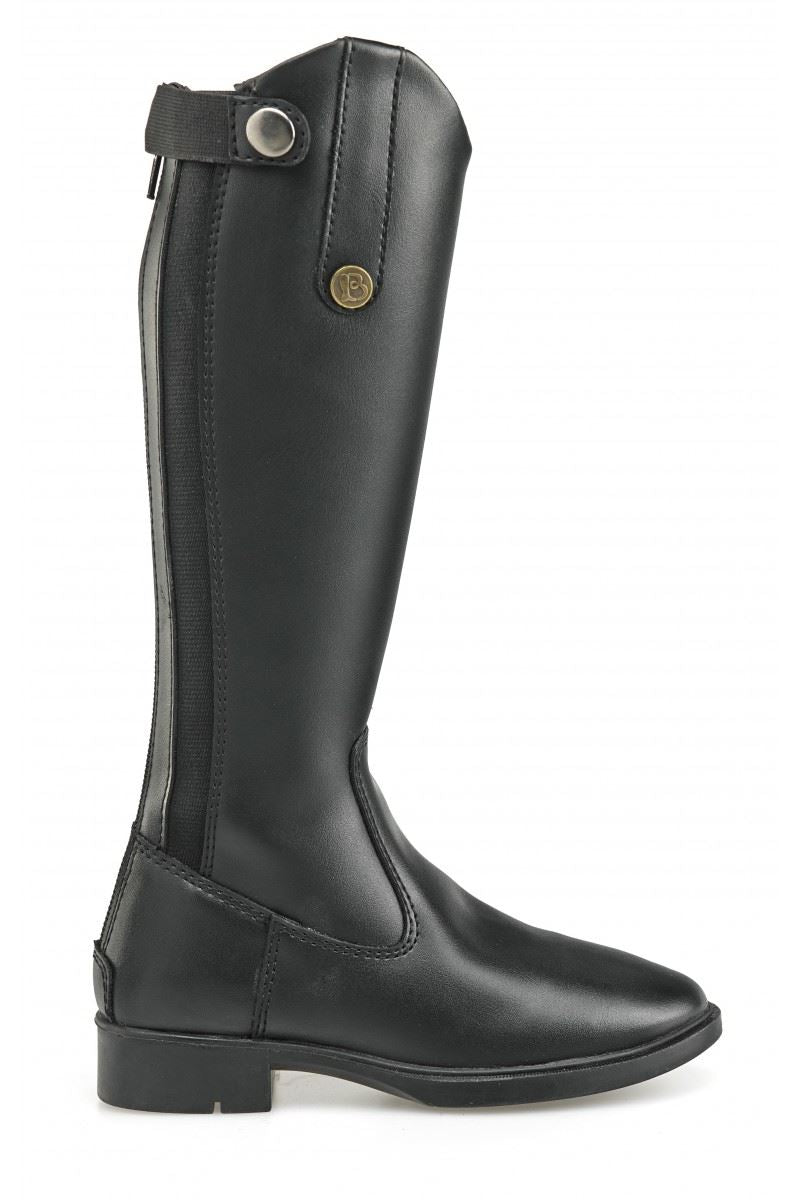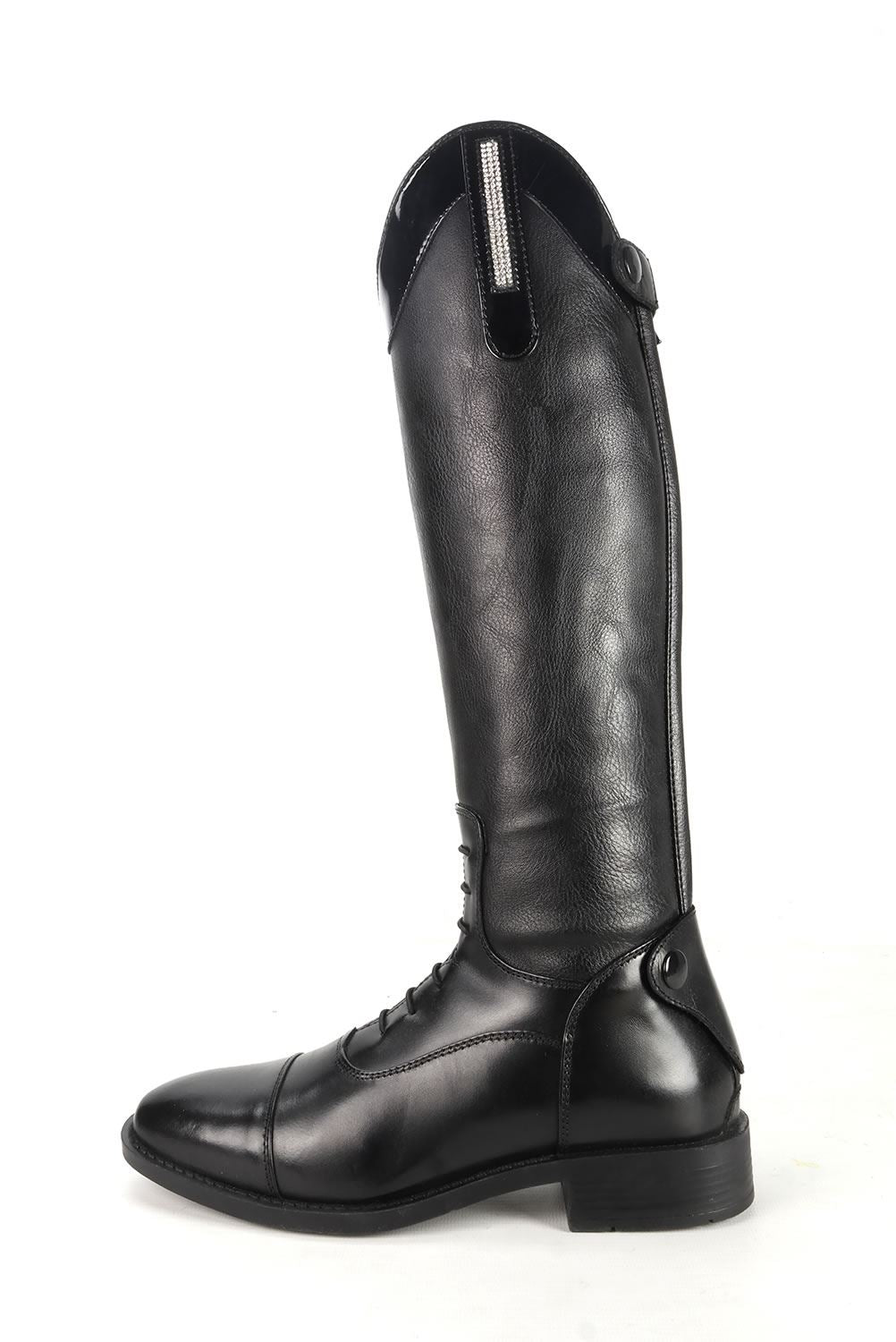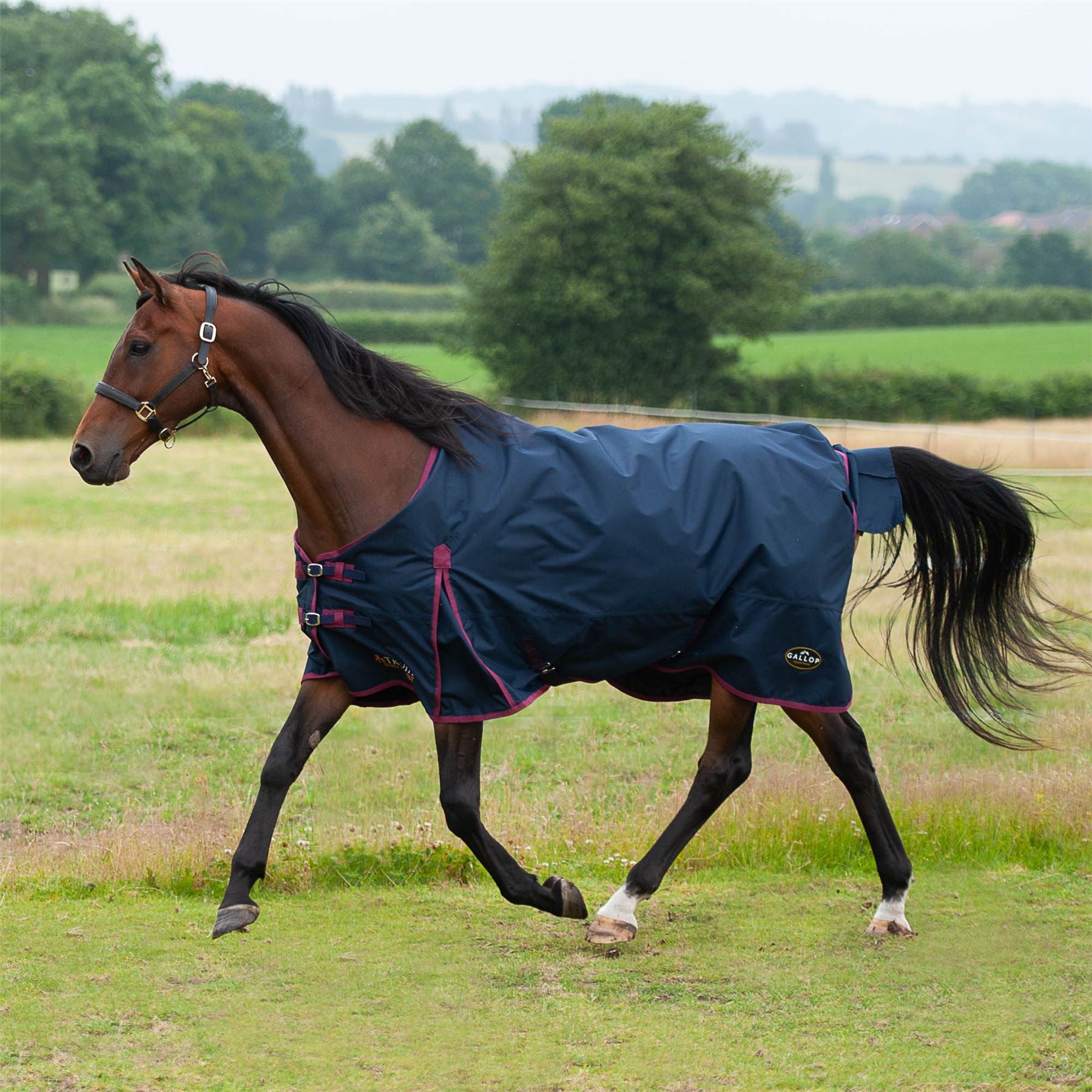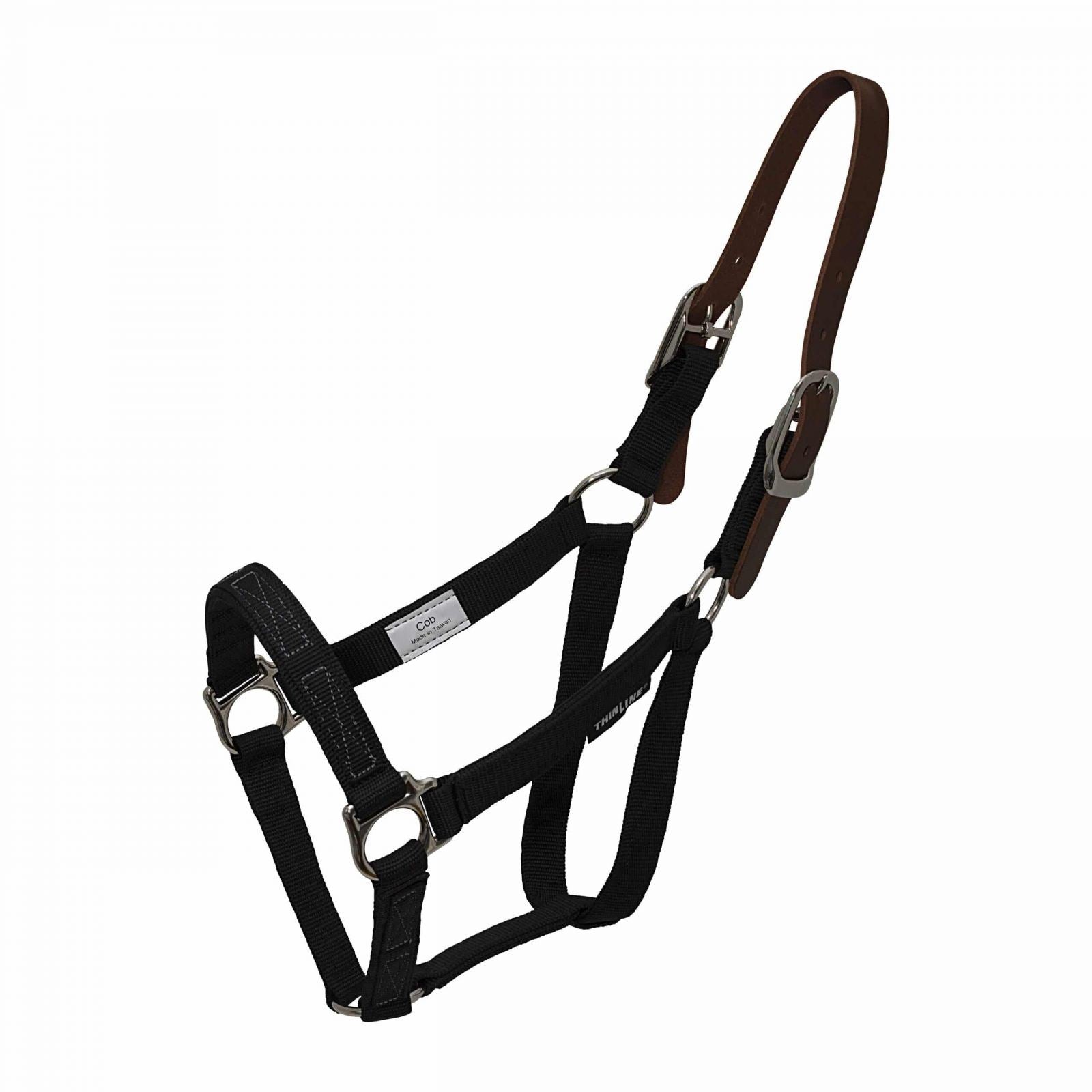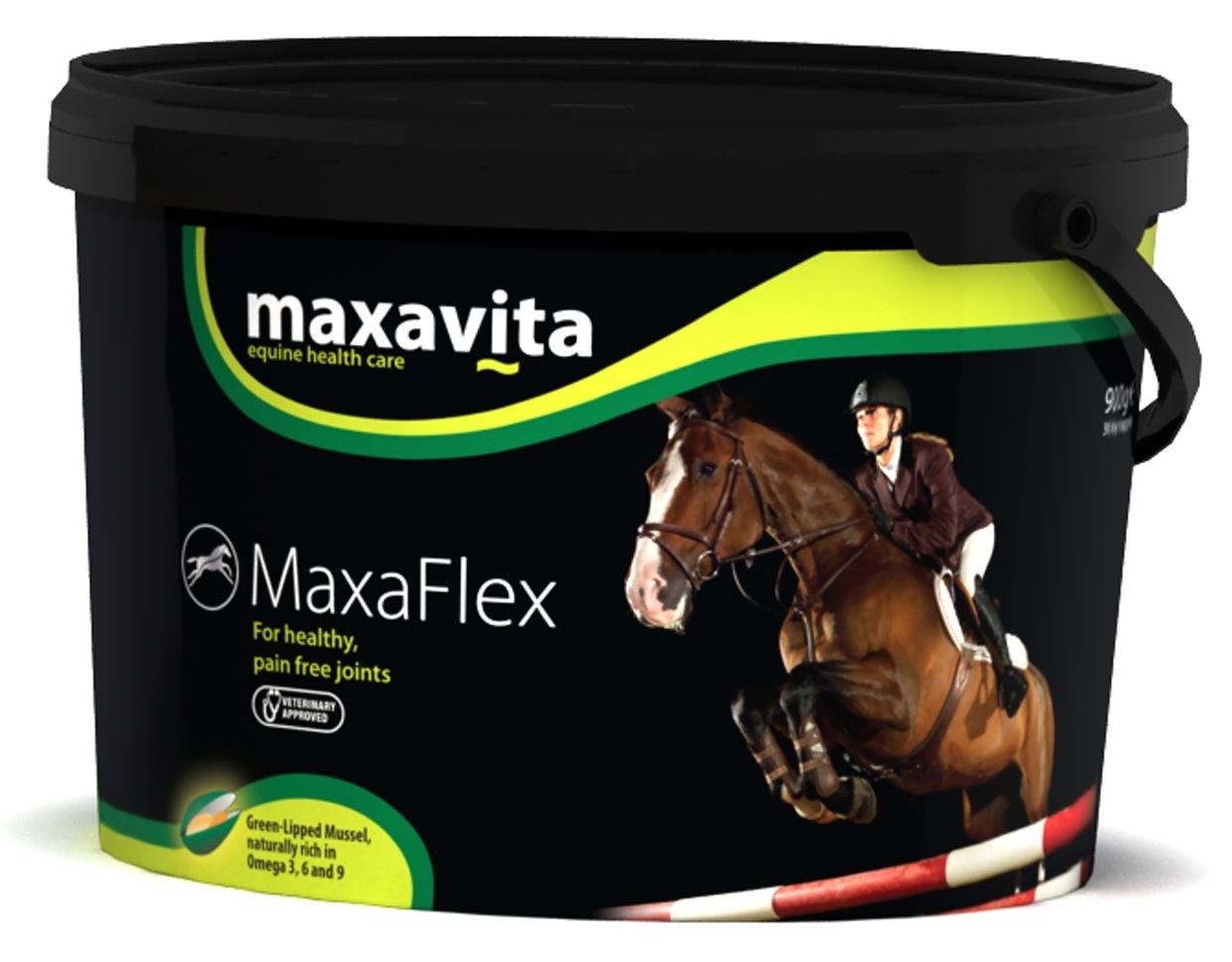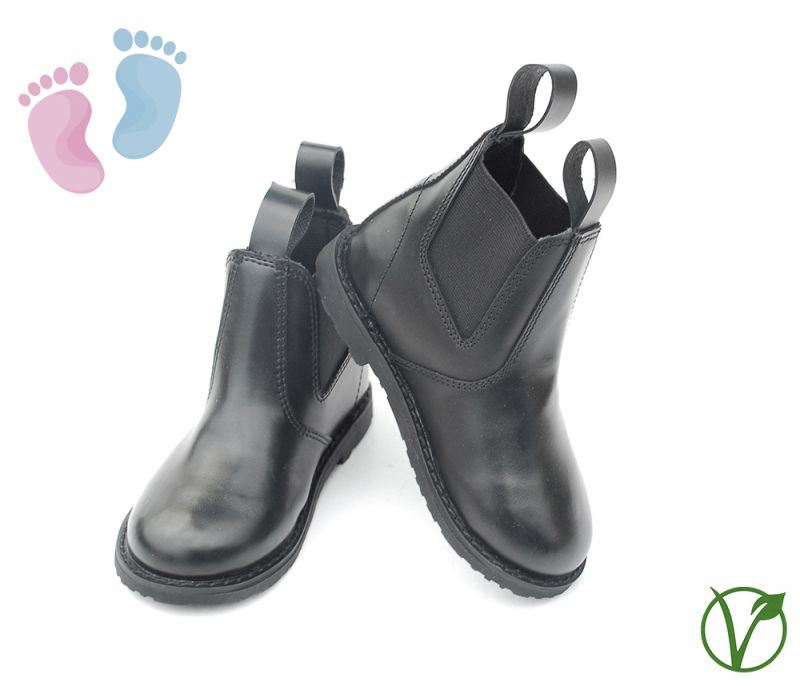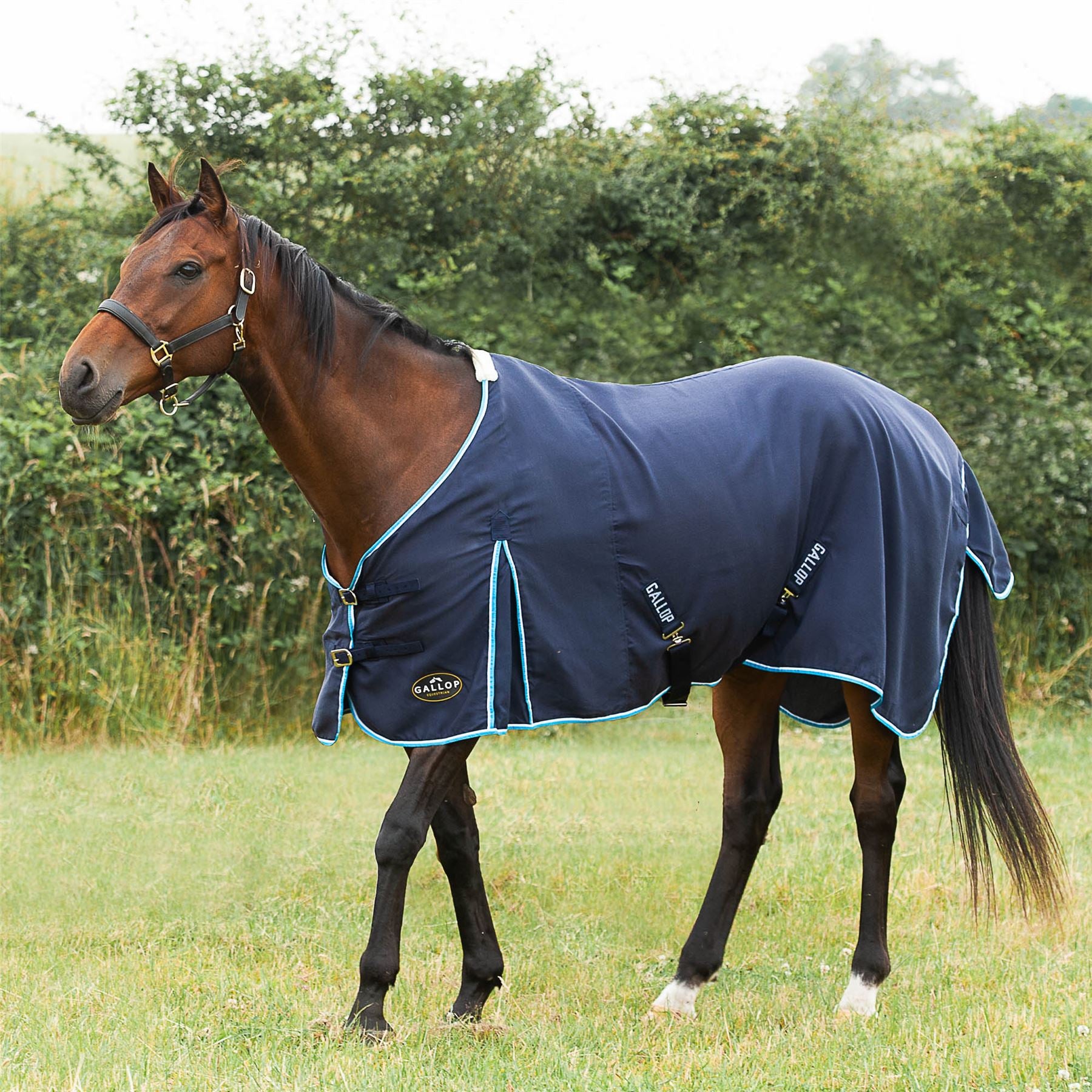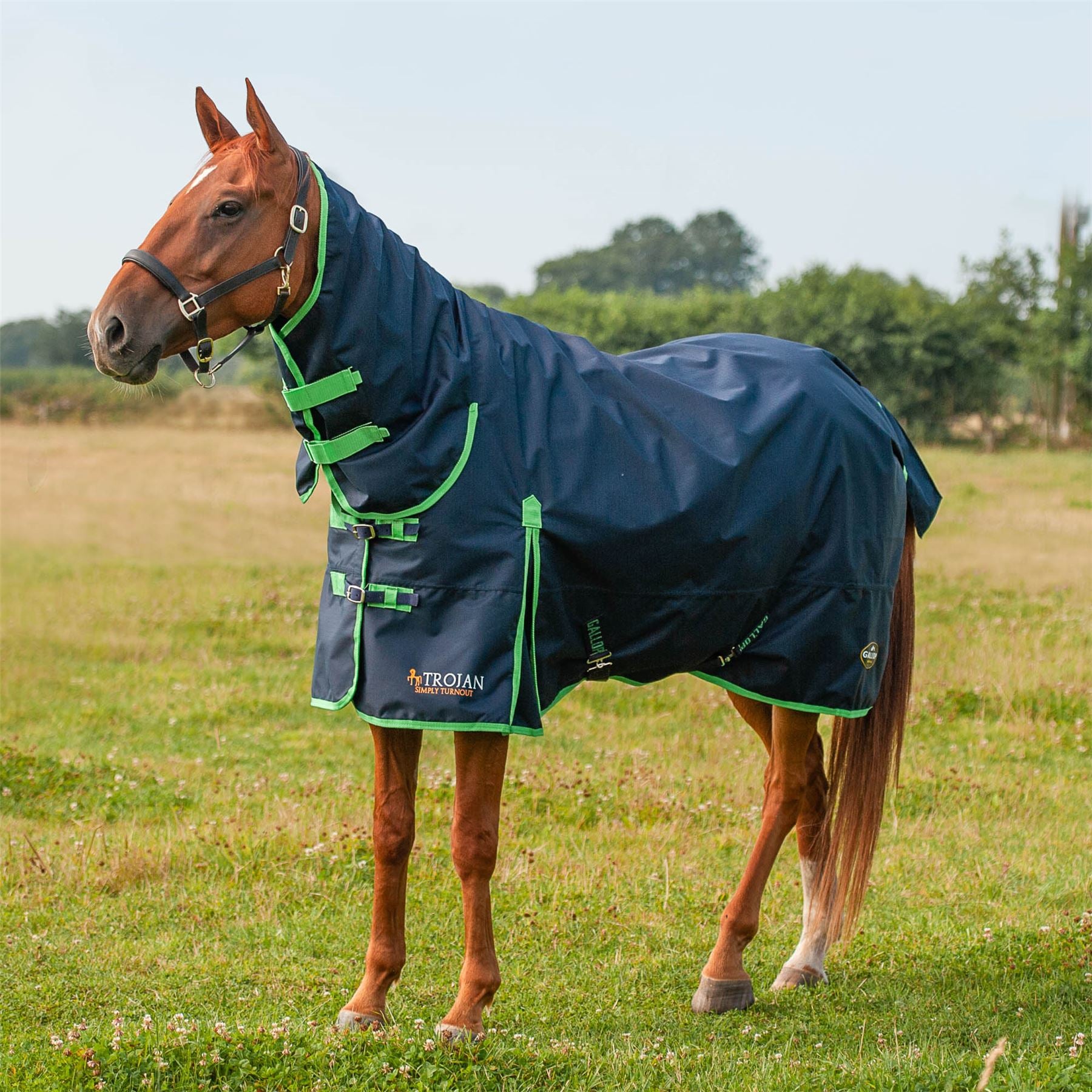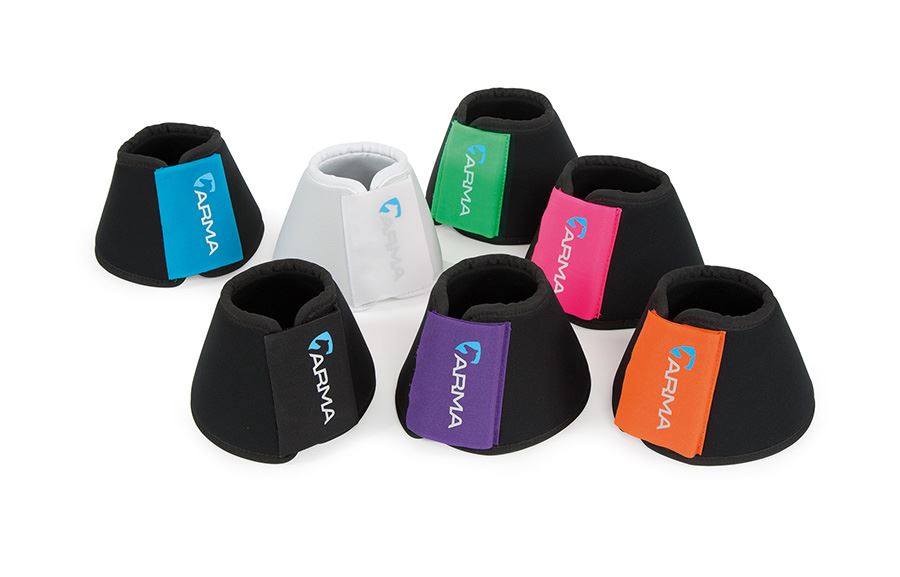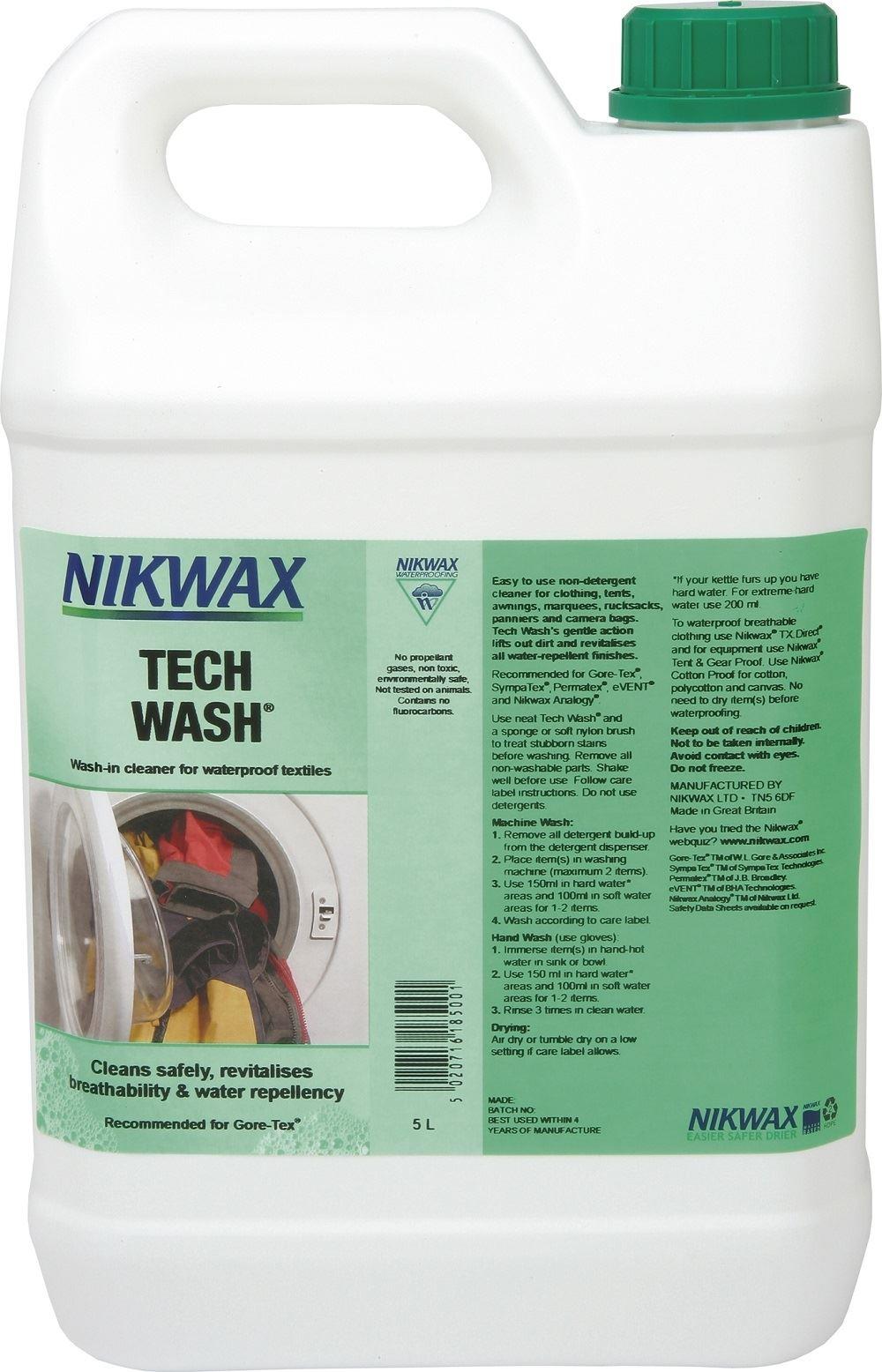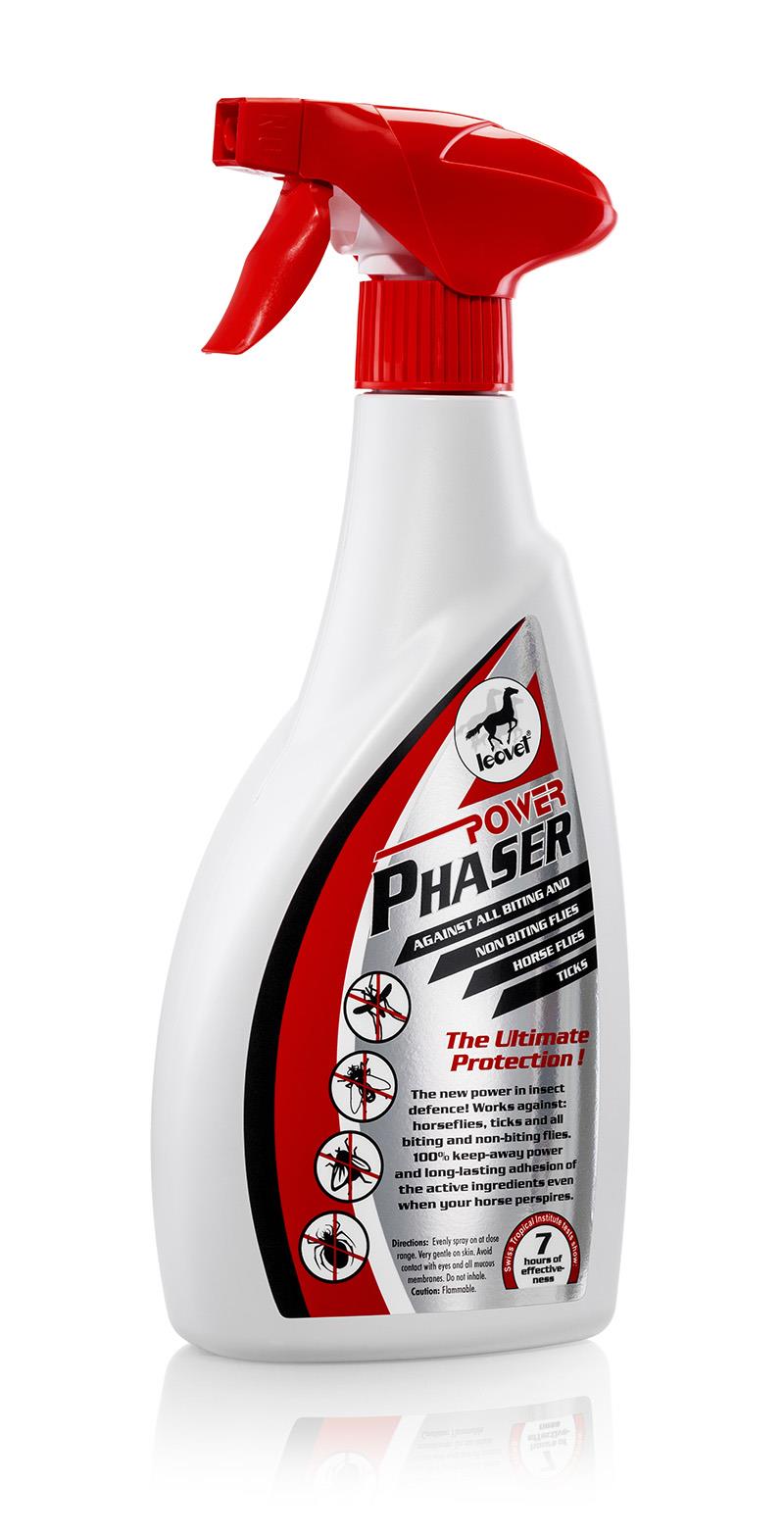Understanding West Nile Virus in Horses: A Comprehensive Guide
West Nile Virus (WNV) is more than just a buzzword in the equine community, it is a significant concern that warrants attention from horse owners and veterinarians alike. Originating as a mosquito-borne illness, WNV is a formidable foe that can affect horses, humans, birds, and other wildlife. In light of recent diagnoses, such as the one in Douglas County, Nebraska, the need for informed preventive measures is clearer than ever.
The Transmission: How WNV Finds Its Way to Horses
Transmitted primarily by infected mosquitoes from the Culex genus, WNV finds its pathway through a process both fascinating and alarming. These mosquitoes pick up the virus from birds, the natural reservoirs of the pathogen, and further spread it to incidental hosts like horses and humans. Despite the poetic circularity of nature's food web, this transfer is one part of nature that we'd be better off halting.
Recognizing the Symptoms: When Your Horse is Not Horsing Around
Identifying WNV can be a challenge due to its varied clinical signs, which range from flu-like symptoms to severe neurological issues such as ataxia and paralysis. Shockingly, up to 40% of equine WNV cases are fatal. Horses infected with the virus may exhibit mental changes, stiffness, and tremors. Sure, one might dismiss subtle lethargy as a bad hay day, but it's crucial to know when to call the vet.
Incidence and Seroprevalence
WNV is as rampant as a wild stallion, with studies like those conducted in Kaduna State, Nigeria, showing a staggering 89.9% seroprevalence among horses. Factors such as poor stable management and an abundance of mosquitoes during warm and wet seasons contribute to this widespread exposure. Like finding an onion ring in your fries, discovering such high seroprevalence is a shocking revelation.
Prevention: Vaccination and Mosquito Control
Let's talk prevention, the superhero cape waiting to save the day. Vaccination stands out as a robust defense against WNV, with several vaccines available, including inactivated, modified-live, and live-chimera versions. Research indicates that vaccinated horses can withstand even the severe challenge models. It's like equipping your horse with an invisible force field against the unseen invader.
Mosquito control complements vaccination, akin to Batman and Robin's crime-fighting romance. Reducing mosquito populations by removing stagnant water sources and using repellents can significantly mitigate WNV spread. Environmental management becomes crucial; after all, a clean stable is not only a happy home but also a fortress against mosquitoes.
Research Avenues: Riding Forward Into the Unknown
There are still vast areas unexplored in the quest to understand and combat WNV better. Key research domains include:
- Global Status: A worldwide EPIC (Equine Population Infection Census) of sorts would provide insights into the epidemiology and guide prevention strategies.
- Vaccine Development: Much like upgrading an iPhone, continuous research into vaccine efficacy is necessary. Evaluating new technologies and longer immunity periods can ensure our equine friends stay protected.
- Mosquito Control: Innovative mosquito control methods, ranging from new repellents to habitat modifications, could reduce transmission risks.
- Other Mosquito-Borne Diseases: Understanding related diseases, such as Eastern and Western Equine Encephalitis, offers a well-rounded approach to equine health.
Conclusion: A Whinny Against WNV
West Nile Virus remains a significant threat to equine health, yet through conscientious efforts in vaccination, mosquito control, and environmental management, we can dramatically reduce infection risks. Continued research and community awareness efforts, spearheaded by organizations like the Equine Disease Communication Center, form the crux of proactive disease management. After all, knowledge is not only power—it’s the reins with which we steer our horses into a healthier future.
For more detailed insights, visit: The Horse.


